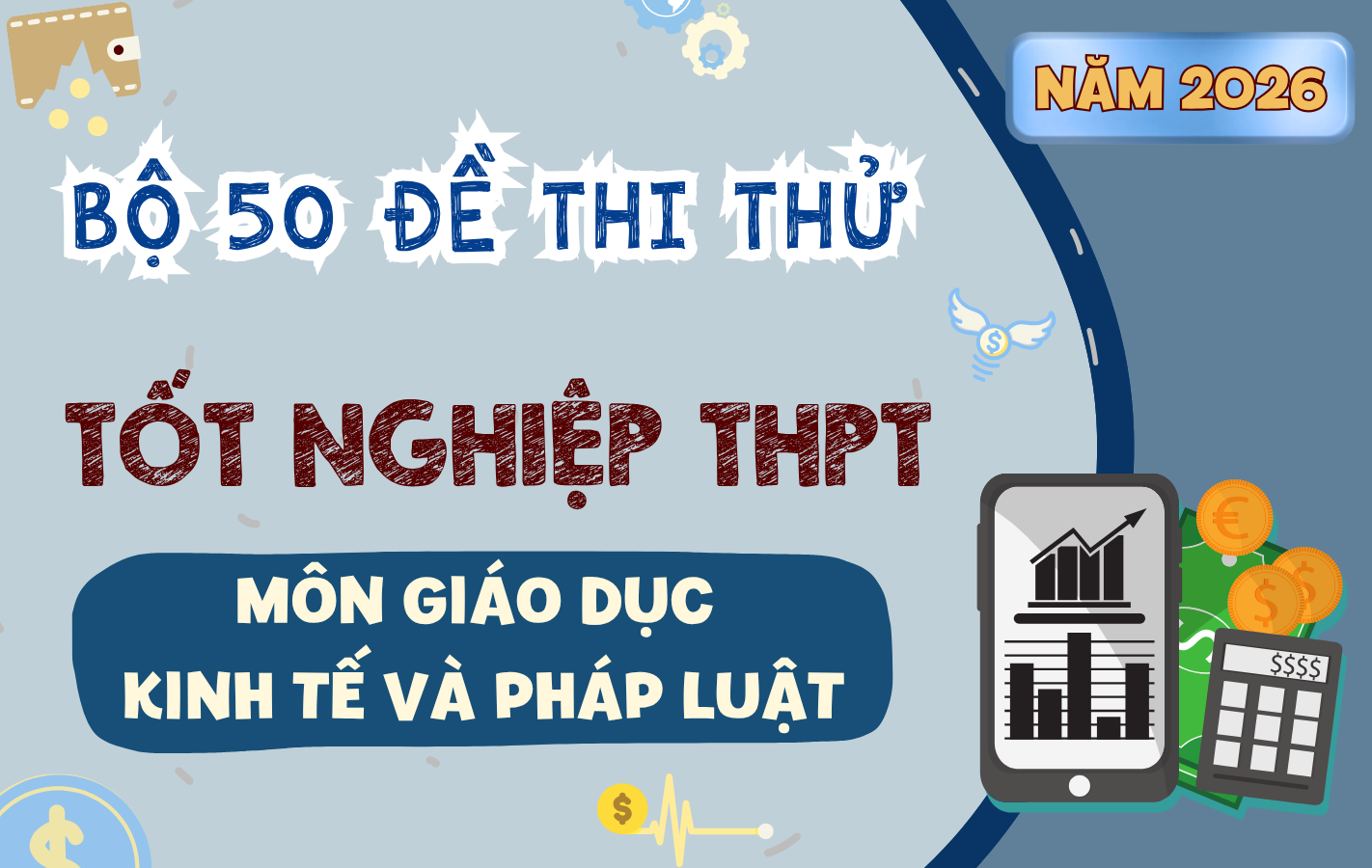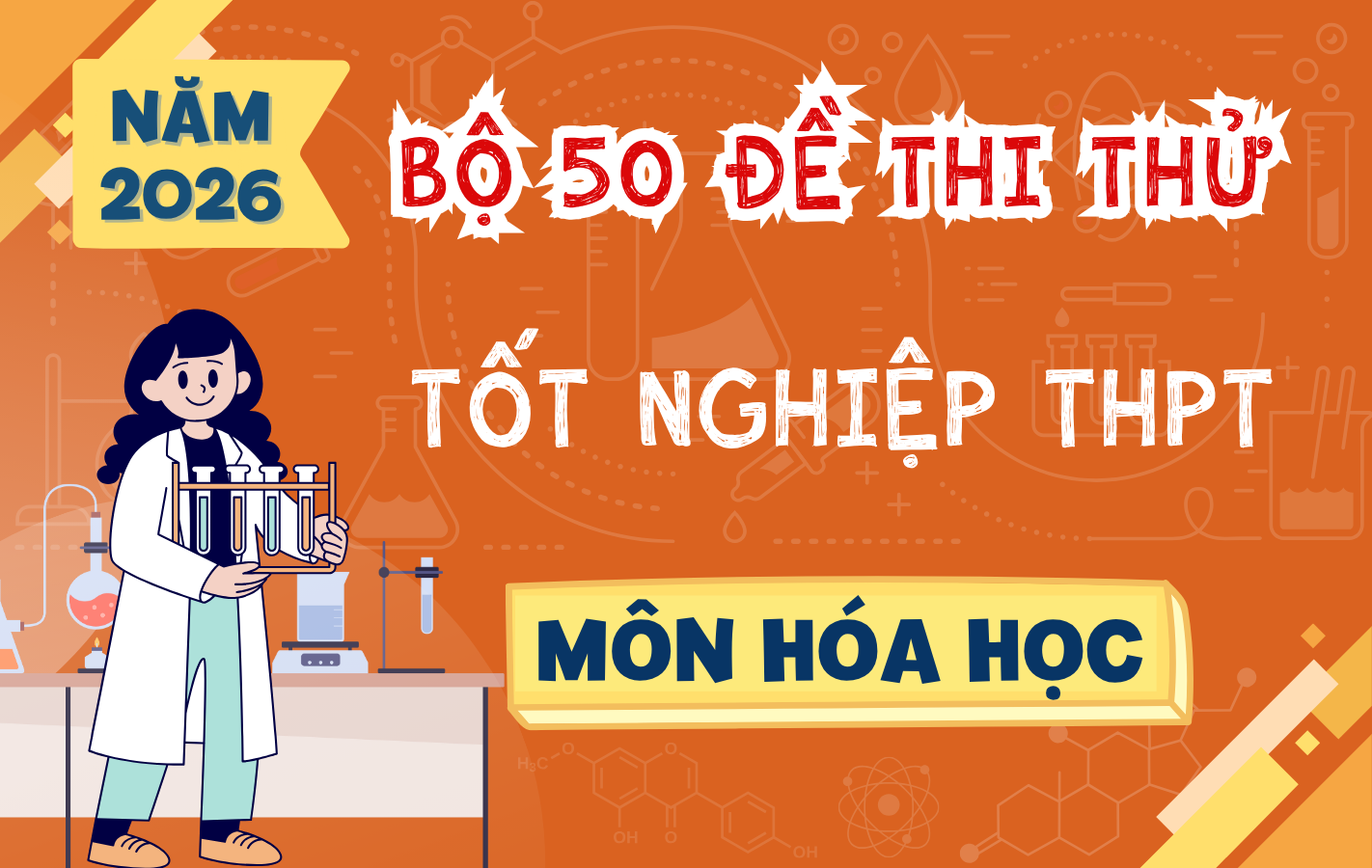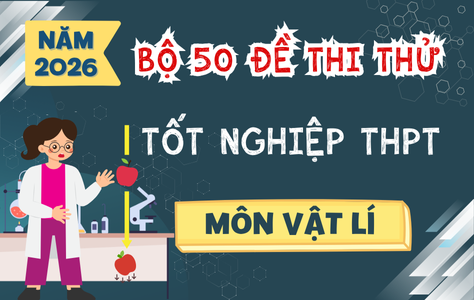Câu hỏi:
Read the following passage and mark the letter A, B, C, or D on your answer sheet to indicate the best answer to each of the following questions from 31 to 40.
Who are you?
On 6 June 2011, the media reported the kidnapping of a female Syrian-American blogger called Amina Arraf. Regarded as a daring political rebel, the 35-year-old had gained popularity for her blogs protesting the lack of freedom in Syria. Yet, only two days later, it was discovered that Amina had never existed. She was a fictional character created by Tom MacMaster, a forty-year-old American PhD student at the University of Edinburgh.
MacMaster's invention is an example of sock puppetry: the use of false identities to deceive others. (I). The false identity is known as a sock puppet, and its creator, a puppet master. (II). MacMaster created Amina to express his views on Middle Eastern affairs without offending other Americans. (III). Writing as Amina gave him the authority to say what he wanted. (IV).
At the turn of the millennium, Debbie Swenson created Kaycee Nicole, a fictional teenage girl suffering from terminal cancer. Her blog, Living Colours, described Kaycee’s struggle, attracting millions of readers. When Kaycee 'died' on 14 May 2001, her fans were devastated. Their distress turned to anger when they discovered that Kaycee was not real. Swenson had developed the character to gain attention and sympathy.
While Amina and Kaycee were used to meet their creators' needs, other identities have been invented for profit. American gun advocate John Lott made up a fake student, Mary Rosh, to defend his writing online and give him positive reviews. Mystery writer RJ Ellory fabricated a team of sock puppets to praise his own books and tear into those of his rivals. British historian Orlando Figes lost credibility when he had to publicly apologise for doing the same.
Yet none of these stories compare to large-scale sock puppetry today. The New York City Police Department has false identities on social media to catch criminals. The US military is believed to use sock puppets to track potential terrorists. It is clear that the internet is a minefield today and we all have to step very carefully in order not to get hurt.
Which of the following best summarizes paragraph 3?
Đáp án đúng: A
Đoạn 3 nói về trường hợp Kaycee Nicole, một nhân vật hư cấu khiến nhiều người cảm thông, nhưng sau đó họ phát hiện mình bị lừa và tức giận
A. The emotional impact of a fabricated online identity (Tác động cảm xúc của danh tính giả mạo)=>Đúng
B. The ethical implications of false online personas (Hệ quả đạo đức của danh tính giả) => Sai vì quá rộng, không chỉ nói về cảm xúc.
C. How online deception can be emotionally manipulative (Cách mà sự lừa dối trực tuyến có thể thao túng cảm xúc) => Sai, vì đoạn văn này không miêu tả cách mà sự lừa dối trực tuyến thao túng cảm xúc
D. The rise of sympathy-driven online hoaxes (Sự gia tăng của trò lừa gạt dựa trên sự đồng cảm)=> Sai, không chính xác vì bài không nói về xu hướng gia tăng.
Câu hỏi này thuộc đề thi trắc nghiệm dưới đây, bấm vào Bắt đầu thi để làm toàn bài
Bộ đề thi giúp học sinh lớp 12 làm quen với cấu trúc và nội dung đề thi tốt nghiệp THPT môn Tiếng Anh năm 2025. Đề thi được xây dựng theo định hướng của Bộ GD ĐT, bao gồm các phần Ngữ âm, Từ vựng - Ngữ pháp, Chức năng giao tiếp, Kỹ năng đọc hiểu, Kỹ năng viết và Phát âm - Trọng âm. Hệ thống câu hỏi đa dạng, bám sát chương trình học, giúp học sinh rèn luyện kỹ năng làm bài và nâng cao tư duy ngôn ngữ. Đáp án chi tiết đi kèm hỗ trợ học sinh tự ôn tập, đánh giá năng lực và chuẩn bị tốt nhất cho kỳ thi quan trọng.
Câu hỏi liên quan

Bộ 50 Đề Thi Thử Tốt Nghiệp THPT Giáo Dục Kinh Tế Và Pháp Luật Năm 2026 – Theo Cấu Trúc Đề Minh Họa Bộ GD&ĐT

Bộ 50 Đề Thi Thử Tốt Nghiệp THPT Lịch Sử Học Năm 2026 – Theo Cấu Trúc Đề Minh Họa Bộ GD&ĐT

Bộ 50 Đề Thi Thử Tốt Nghiệp THPT Công Nghệ Năm 2026 – Theo Cấu Trúc Đề Minh Họa Bộ GD&ĐT

Bộ 50 Đề Thi Thử Tốt Nghiệp THPT Môn Hóa Học Năm 2026 – Theo Cấu Trúc Đề Minh Họa Bộ GD&ĐT

Bộ 50 Đề Thi Thử Tốt Nghiệp THPT Môn Sinh Học Năm 2026 – Theo Cấu Trúc Đề Minh Họa Bộ GD&ĐT
